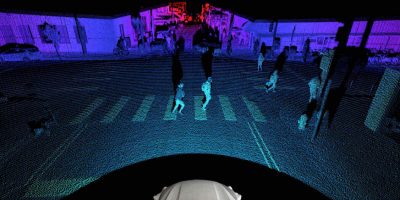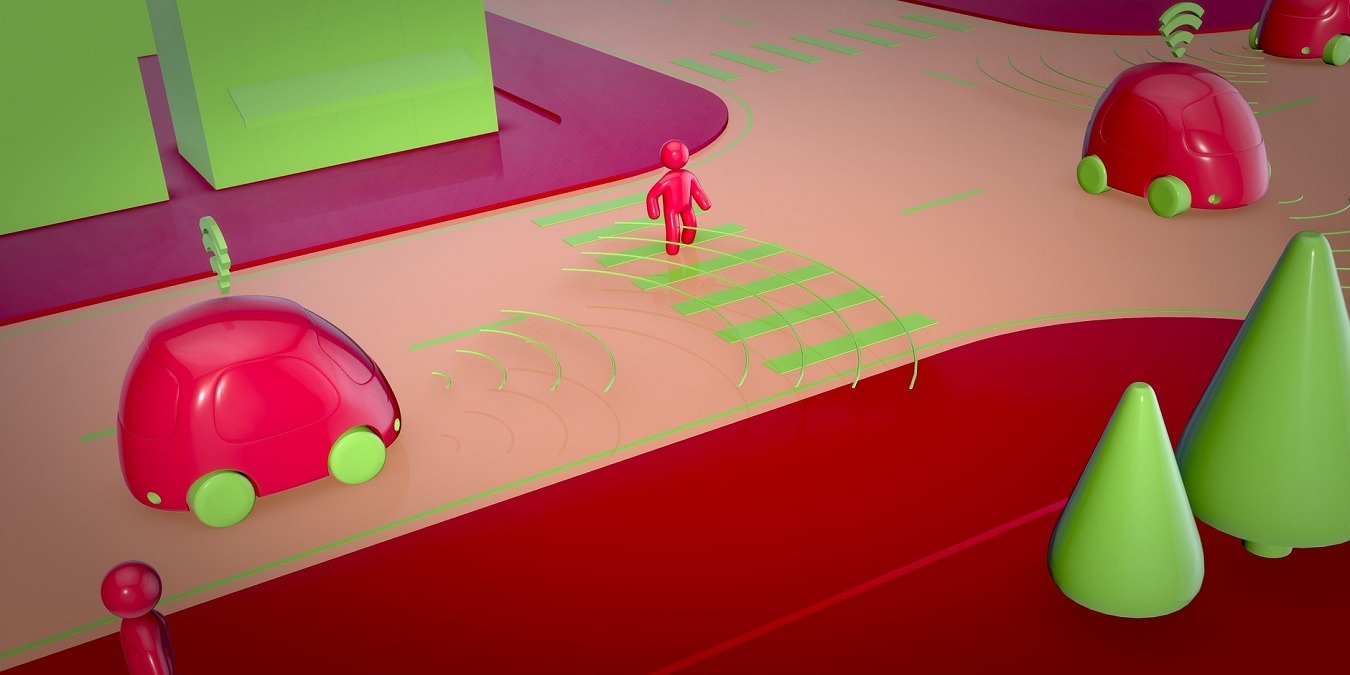
Even though autonomous vehicles are years away from a proper commercial launch, there is sufficient understanding of the technologies involved in them. Do you want to know whether autonomous vehicles are safe for driving, and how they work?
Here are the straight answers to these two big questions based on the most relevant, up-to-date information as of April 2023.
Are Autonomous Vehicles Safe?
Most of us haven’t had any direct experiences with autonomous vehicles (AV,) also known as self-driving cars. They’re available either as pilot concepts or prebooked rideshare services (with a long waiting list), that too in very few cities around the world.
Our main concern is whether these driverless vehicles are as safe as compared to human-driven cars. Even if you’ve been test-driven in an AV, you might not be sure whether the time has come to take your hands off the wheel.
Presently, there are arguments both against and in favor of a self-driving future.
Arguments Against Autonomous Vehicle Safety
Autonomous vehicles, at the moment, don’t feel safe enough, because of many driverless cars that keep making the news in hit-and-run incidents.
In 2022, there were 36 AV accidents in San Francisco. This city is home to one of the largest driverless fleets anywhere in the world making it a laboratory to test latest AV technologies. Many self-driving cars ply its streets including autonomous minibuses, trucks and vans. The accidents involved many big names in the autonomous space including Waymo, Zoox, and Cruise.
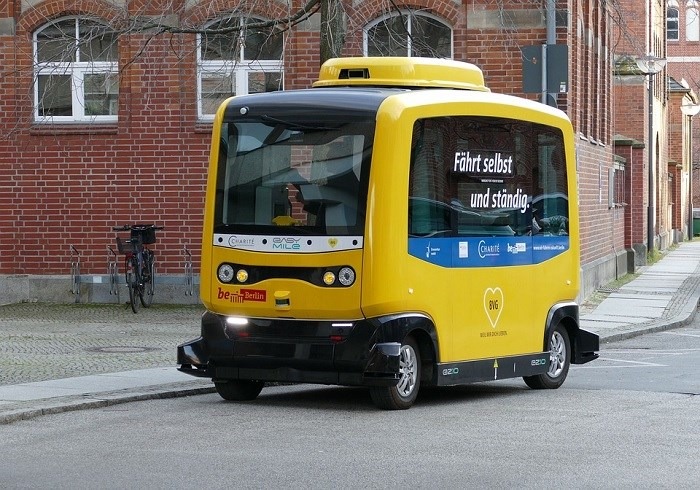
While there was only one fatality involving AV vehicles up until now (on an Uber ride in 2018), that’s one death too many. This also raises an ethical question: as human drivers are not needed to operate a fully autonomous vehicle, who’ll be liable in the event of a fatal crash? Will it be the car owner, the car manufacturer or the technology operator?
As there are no clear answers at the moment, most urban municipalities and local governments are not ready to permit private ownership of driverless vehicles. Drivers can’t really leave the steering wheel out completely even if their hybrid cars support a driverless mode.
Arguments in Favor of Autonomous Vehicle Safety
While the legal and ethical conundrums of self-driving cars remain unresolved, the technology itself is safer than you think. Many superb safety advancements have occurred in the autonomous space. It’s been proven that they can at least replace the bad human drivers whether visually impaired, slightly intoxicated or minors with poor judgment skills.
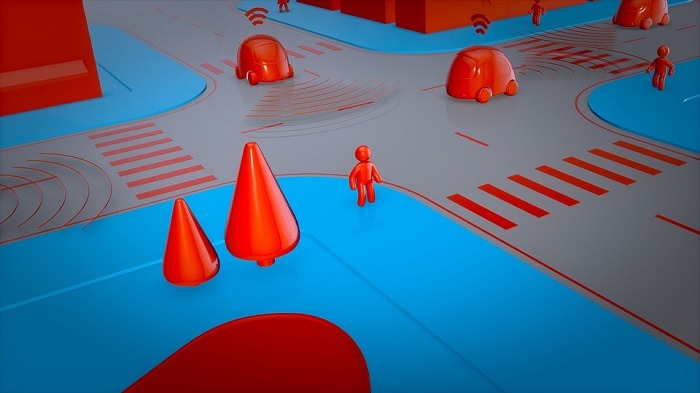
AV companies are doing innovative work in developing new kinds of advanced driver-assistance systems (ADAS). The following are some of the best offerings currently available in the self-driving space.
- Google’s Waymo, which tabs itself as “the world’s most experienced driver,” uses a perception system with heavily detailed maps, advanced sensors and machine learning (ML) to detect drivers, pedestrians, cyclists, and other moving and static objects. Having accumulated over 20 million miles of driving experience, and 20 billion miles in simulation, Google’s Waymo Driver is a genuine hands-free autonomous experience.
- Mobileye, an Israeli company, has developed a pioneering Responsibility-Sensitive Safety (RSS) Mathematical Model. It works on a minimum following distance algorithm to take care of the worst-case scenarios involving other human drivers. Mobileye has other driver assist features such as blind spot detection, evasive maneuver assist, acceleration/deceleration (to avoid other drivers cutting in the lane,) and front and rear collision avoidance.
These aren’t the only companies focusing on autonomous safety. We have a full-fledged list of all major AV companies around the world, updated for 2023. Since all their advanced autonomous offerings are commercially available already, the future does look bright for Autonomous vehicles safety.
Our Verdict: after looking at both sides of the arguments on autonomous vehicle safety, we believe that as of April 2023, self-driving vehicles are at an advanced level of safeness, which will continue to improve with time.
How Autonomous Vehicles Work?
To understand how autonomous vehicles work, we have to be clear about the definition of such a vehicle. Although car models like Mercedes-Benz EQS, BMW X7, Volkswagen ID, and Nissan Ariya have a hybrid driverless mode, these aren’t autonomous in the true sense.
Even with advanced vehicles that resemble a driverless sedan or SUV, you still need a human safety operator sitting near the steering wheel as in this example of Bill Gates moving around in an AV in London. To understand the inner workings of autonomous vehicles we should discuss what true autonomy means, and how these vehicles address perception and navigation challenges.
1. What are the Levels of Autonomy in Self-Driving Vehicles?
According to the Society of Automotive Engineers (SAE), there are five levels of autonomy in any self-driving vehicle:
- Level 1: some driver assistance features such as cruise control.
- Level 2: this is a partial automation level where the car can control its own steering and acceleration under human supervision and control.
- Level 3: the car acquires environmental detection capabilities with advanced perceptions such as LiDAR and 4D Imaging Radar. Human override is essential to avoid accidents.
- Level 4: Geofencing is introduced which restricts a car’s navigation based on available maps and predefined paths. Human driver control is still an option.
- Level 5: completely human driver-free vehicle. The AV is deemed intelligent enough to manage the entire driving experience on its own.
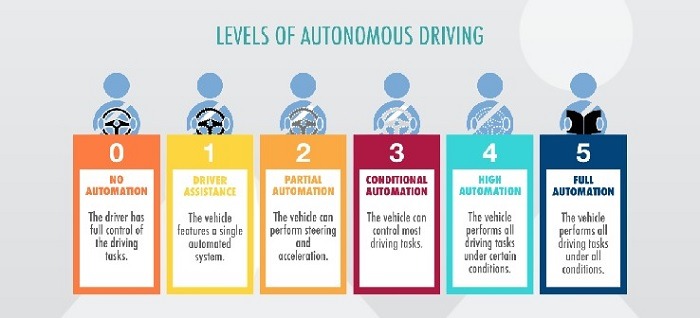
If we are to enter an autonomous future, the AV should at least operate at Level 4 autonomy. And right now, most AV companies are still on Level 3 at best which does require the presence of a human safety operator at all times.
2. How Autonomous Vehicles Address Perception Challenges?
When an autonomous vehicle hits the road, it should view everything in its vicinity, whether fast- or slow-moving objects. It should be able to anticipate other vehicles, pedestrians, cyclists, and lane cutters. It may need training to overcome traffic hazards, and deal with fog, rain, snow, birds, and stray animals.
The onset of LiDAR (Light Detection and Ranging) technology has been the biggest advancement in this field. Typically, light pulses congregate and reflect from the body of the vehicle and create grids and 3D maps for the driver assistance system. Once a clear picture is received, that helps the AV avoid collisions and predict the easiest and safest path. LiDAR’s advanced versions, such as this model by LeddarTech, can even deal with beaming lights from other vehicles and shadows.
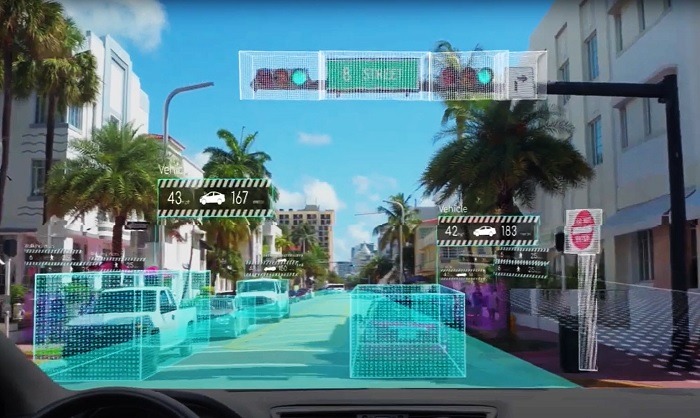
Apart from LiDAR, there is another related perception standard available: 4D Imaging Radar. It uses advanced imaging capabilities to render accurate objects visible in the surroundings, as demonstrated in this solution by Arbe and Qamcom.
3. How Autonomous Vehicles Address Navigation Challenges?
You can use conventional GPS maps with an AV, but the Wi-Fi speeds are way too slow to respond to any split-second navigation challenges that the AV system must maneuver. To address these issues, 5G networks will usher in the next revolution as the nearly 1 terabyte of data per second speed can quickly render maps to completely replace the human eye. Geofencing is the next stage of AV driving as it helps in path tracking control.
What is the Future of Autonomous Vehicles?
Despite the presence of cutting-edge technology in AV space, many big commercial car companies are shutting down their efforts to launch self-driving cars anytime soon. Investors are also pulling out.
Many countries around the world have cities that suffer from traffic congestion issues. Therefore, AV isn’t very high in the priority list of urban planners. Despite initial hurdles, we can expect many improvements in this space.
We have done many interviews with industry experts working on autonomous vehicle systems. They have helped us learn that by 2030 onward, the first commercial privately owned AVs will take to the streets. We saw the latest developments and progress in terms of safety and workings of autonomous vehicles (AV). Considering the current stage of progress, it’s very much inevitable.
Get the best of IoT Tech Trends delivered right to your inbox!








